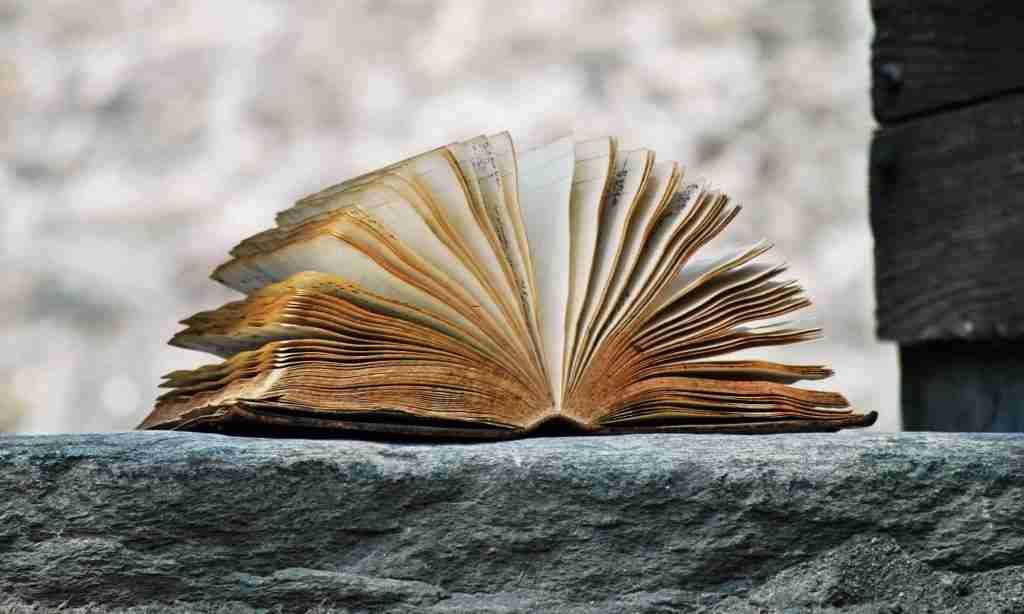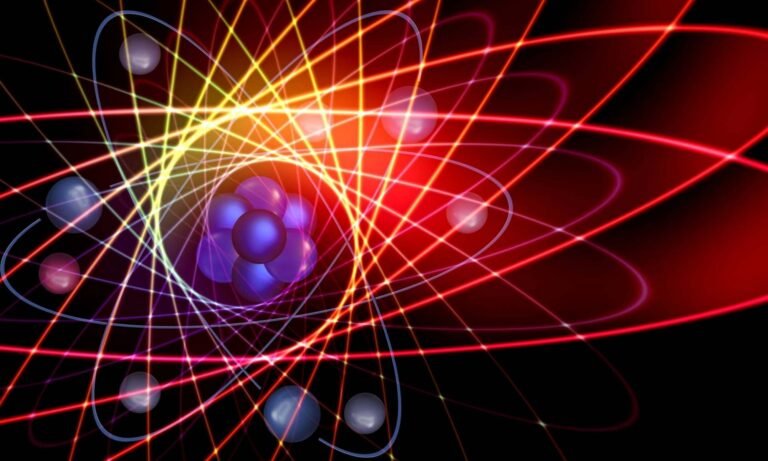AUM (ॐ) is the vibration by which the Supreme Spirit brings all things into manifestation. Even though the variant spelling in English is “OM”, AUM is more accurate.
- The “A (Akaar)” represents the cosmic creative vibration, and should be pronounced short, as in the first “a” in “afar,” rather than long as in “arm.” When this sound is heard in meditation, it has the highest pitch of the three.
- “U (Ukaar)” is the cosmic vibration of preservation and pronounced “oo” as in “moon”. It maintains all creation in a state of equilibrium. This sound, when heard in meditation, is pitched somewhat lower than the first.
- “M (Makaar)” represents the vibration of cosmic dissolution, which draws all creation back into the Absolute at the end of a universal cycle. The time allotted to cosmic manifestation is known as a Day of Brahma, and spans a period of billions of years. This vibration of the AUM sound, when heard in meditation, is pitched lowest of all, like a deep rumbling.
The AUM Symbol
The AUM symbol (in Devanagari) consists of three curves, one semicircle and a dot. Together, these elements symbolize each person’s self and potential, representing the journey of consciousness from the waking state to the ultimate realization of oneness with the universe. The AUM symbol is not only a spiritual icon but also a reminder of the interconnectedness of all aspects of existence and the boundless potential within each individual to attain higher states of awareness and understanding.

- The large curve (the lower left corner of the image) symbolizes the waking state. Perhaps it is best to think of this curve as symbolic of the ego, our outward persona, the person we think we should be, that identity that we consciously associate with the self.
- Moving clockwise, the upper curve (upper left corner) symbolizes the unconscious state, that part of the self that is hidden to one’s consciousness, but is equally part of the self.
- The middle curve, which extends from the center to the right side, symbolizes the dream state. This dream state, positioned vertically between the conscious and unconscious elements of the self, serves as a means to connect the two, a means for the conscious and unconscious to interact. This is certainly what we do when we dream: the unconscious becomes conscious, affording a more complete view of the self.
- The semicircle or crescent (upper right corner) symbolizes illusion, specifically in this case, the illusion that the self exists as a separate entity at all. Notice that the crescent separates the dot from the other three curves. It is this illusion that separates the individual from becoming one with his infinite self, beyond boundaries.
- The dot signifies the infinite, absolute self, hidden from the individual by illusion; this is what the Eastern faiths of Hinduism and Buddhism consider God. Dispelling the illusion and becoming one with this infinite self is the ultimate experience of life and the experience of the divine.
The Gayatri Mantra
Lyrics
Om Bhur Bhuvah Svahah
Tat Savitur Varenyam
Bhargo Devasya Dheemahi
Dheeyo Yonah Prachodayaat
May we meditate on the effulgent light of him / her who is worshipful and has given birth to all worlds; may he / she direct the rays of our intelligence towards the path of good
Generally, a song or a recitation has higher attraction than a poem or a statement. The attraction increases gradually from statement to poem to song to recitation. Therefore, any song or recitation related to a Deity / Devine Being that attracts your mind to the highest order and makes you repeat it again and again is called a Gayatri Mantra.
Hence, it is said that Gayatri is the highest mantra. It means that the prayer to a Deity/Devine Being in the form of a song or a recitation is (and has) the highest attraction.
Gayatri Mantra allows one to positively influence the environment and to use energy for welfare of the world. Ignorance, infirmity and inadequacy are removed. Gayatri Mantra develops a feeling of peace, makes one aware of a new power that is working from within. Listen to these monks below chanting the Gayatri Mantra for 10 hours.
The lyrics’ meaning’s explained below: Om • Bhur • Bhuvah • Svahah • Tat • Savitur • Varenyam • Bhargo • Devasya • Dheemahi • Dheeyo • Yonah • Prachodayaat
- Om – is considered the primeval sacred sound from which all sounds emerge. Also, Aum is Brahma and a metaphor for Source Energy or the Supreme Being. It is usually said that Om is the greatest of all mantras.
- Bhur – is the embodiment of vital spiritual energy (prana).
- Bhuva – represents the astral plane of existence (which is of the nature of subtle elements).
- Swaha – represents the embodiment of happiness.
- Tat – represents Brahman – The Ultimate Reality, which is simply referred to as “That” because it defies description through language or speech.
- Savitur – represents the source of all creation, supreme reality, divine illumination (of Goddess Shakti or Savitri).
- Varenyam – represents the Supreme Consciousness that inspires adoration.
- Bhargo – represents the destroyer of sins, radiant one, one who illumines all.
- Devasya – represents the divine, of the deity.
- Dhimahi – represents the meditation or knowledge of the Absolute.
- Dhiyo – is the intellect, awareness, intelligence, reasoning and discriminating faculty which is an instrument for attaining higher wisdom.
- Yonah – represents our energy, our actions.
- Prachodayat – translates as may inspire, stimulate, propel towards the higher reality.
What Is A Mantra?
Mantra constitutes to these two verbs: Mananaat and Trayate.
- Mananaat means that your mind must be continuously attracted towards a statement or a poem or a song or a recitation that makes you repeat it again and again without any trace of effort.
- Trayate means that such a statement or poem or song must be related to a Deity/Devine Being and hence, it gives you perfect protection from all corners, everywhere and everytime.
Therefore, the definition of Mantra is a statement or a poem or a song or a recitation which is related to a Deity/Divine Being and attracts your mind spontaneously to make it repeat again and again without any trace of effort. It serves as a powerful spiritual tool, aiding in meditation, focus, and connection to the divine essence.
More Samples
Shamanic Drums & OM Chants
Shamanic Drumming is rythmic form of drumming. Its purpose is to induce a range of ecstatic trance states in order to connect with the spiritual dimension of reality. The power of Shamanic drumming is also especially pertinent in the case of those with Dementia where anxiety and agitation are common symptoms.
The Deepest OM 108 Times
Why 108 times? Malas, or prayer beads, come as a string of 108 beads. A mala is used for counting as you repeat a mantra, similar to the Catholic rosary. There are also 108 Upanishads and 108 marma points. Marma points are energy points in the body used for healing in Ayurveda. Compare it to acupuncture points in Chinese Medicine.
What’s More
The posts in My Blog feature reflective, story-driven pieces rooted in personal and societal insights.
The topics in My Interests explore abstract, philosophical ideas and their cultural and societal impact.
👁️ 6,594 Views













